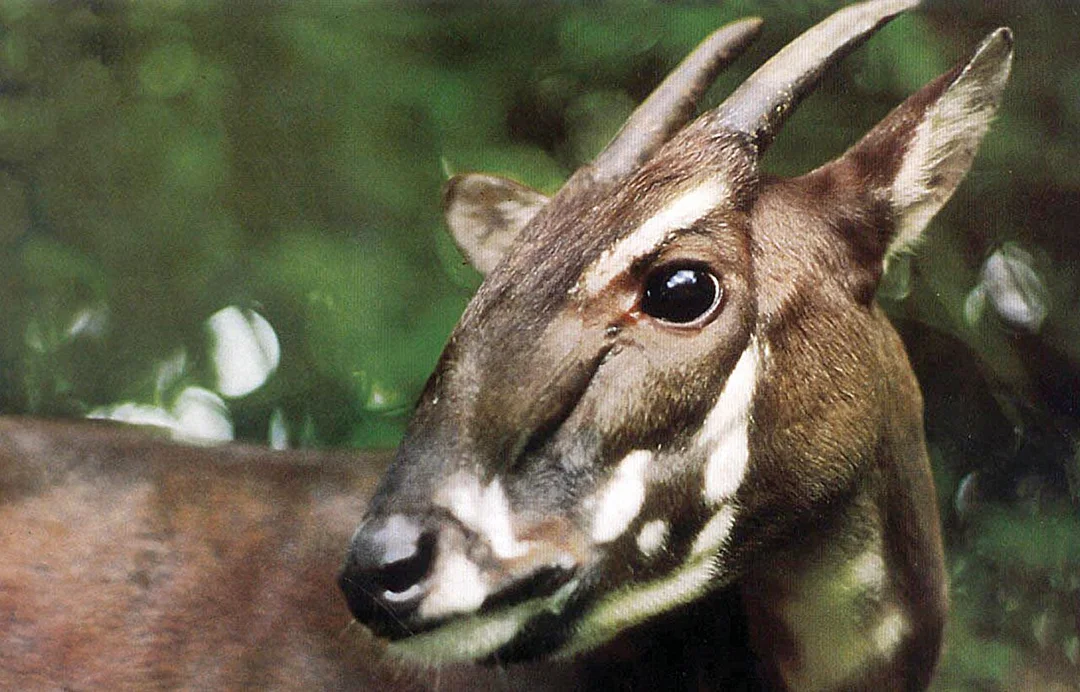
The Elusive Saola: Hope for the Asian Unicorn Amidst Extinction Worries
The saola (Pseudoryx nghetinhensis), often referred to as the "Asian unicorn," has not been spotted in the wild since 2013. This rare and endangered mammal, endemic to the misty highlands of Vietnam and Laos, has become an emblem of conservation challenges, as its very existence hangs by a thread.
First identified in 1992, the saola is unique, belonging to its own genus but related to cattle, buffalo, and antelopes. With estimates suggesting fewer than 100 individuals remain, many experts fear it may already be extinct.

Wildlife researchers, like Nguyen Quoc Dung from Vietnam's Forest Inventory and Planning Institute, remain cautiously optimistic: "The existence of live saolas can neither be proven nor disproven. There are some signs and indications that still give us hope." Despite numerous search efforts, including the use of environmental DNA techniques, no sightings have been confirmed.
Recent genomic studies offer insight into saola's genetic makeup, revealing that the species is divided into two distinct populations, a split that occurred between 5,000 and 20,000 years ago. This genetic separation is believed to have occurred due to drastic changes in their forest habitat following the Ice Age, coupled with the impact of human activity, including agriculture and hunting.
Lead researcher Genís Garcia Erill noted, "The genetic variation lost in each population complements the other, meaning that mixing them could bolster the species' adaptability and survival odds." Such findings present a glimmer of hope in the conservation community, pointing towards potential strategies for re-establishing a breeding program.
Rasmus Heller, another lead author, argues that combining individuals from both populations could enhance the saola’s chances if they are ever found. "If we can bring together at least a dozen saolas—ideally mixtures from both populations—our models show the species would have a decent chance of long-term survival," he asserts.
Nevertheless, the quest to locate these elusive creatures is daunting. Intensive efforts to identify remaining saola are hindered by their habitat's inaccessibility and the limitations of current tracking technology. However, advancements in genetic techniques could provide researchers with innovative tools to enhance detection capabilities.
As awareness grows about the precarious state of the saola, conservationists seek innovative strategies—such as the establishment of a captive breeding facility in Vietnam—to ensure the species's survival, showcasing humanity's commitment to preserving biodiversity.
In summary, the saola represents not just a species on the brink but also the relentless pursuit of hope and determination in conservation. The question remains, will the saola beat the odds and be rediscovered? Comment below with your thoughts, and let’s engage in this vital conversation about nature’s wonders and the fragility of wildlife.